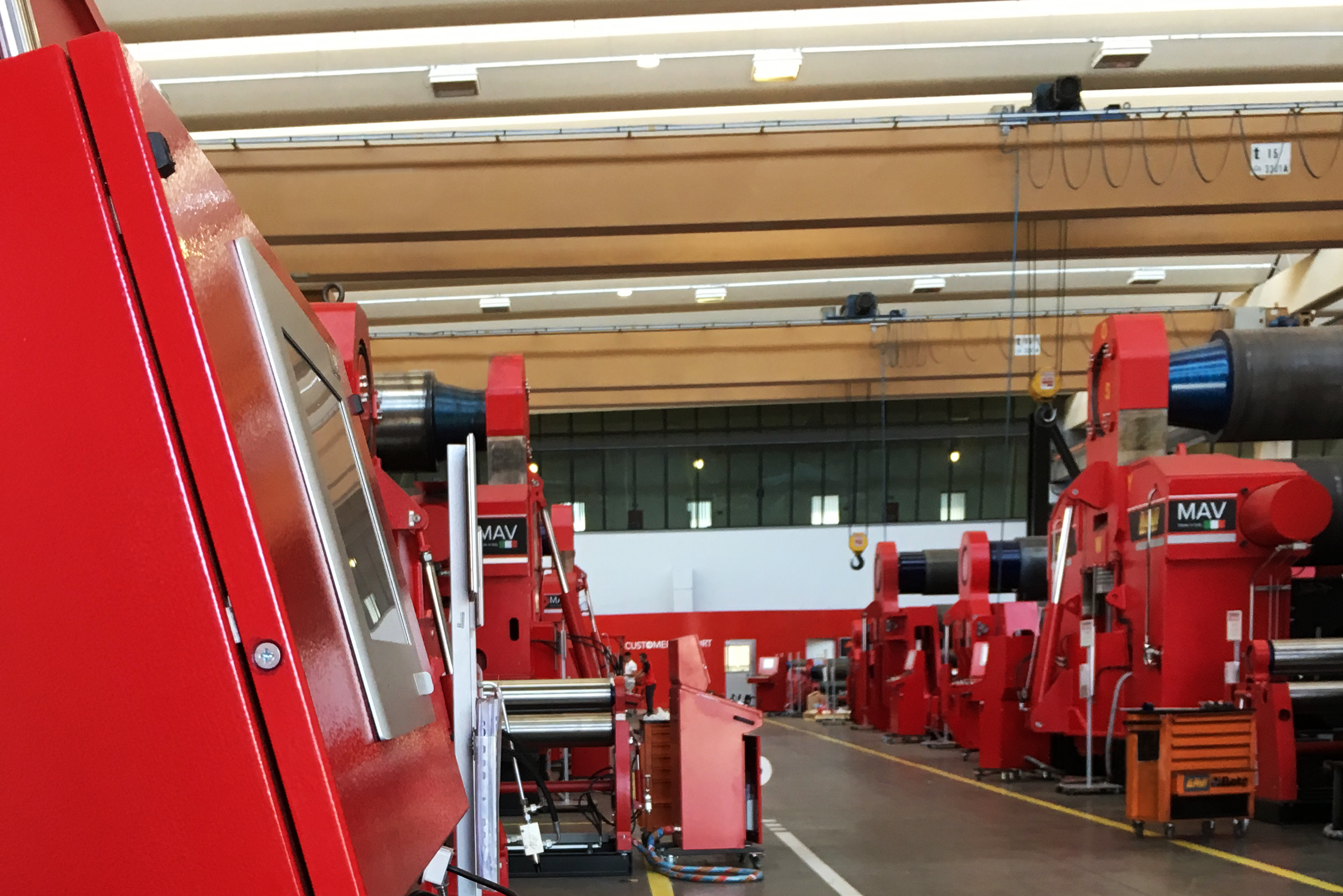PROMAU DAVI IROLL EXTREME
Innovative industrial HMIs.
How to design revolutionary HMIs without compromising usability?
HUMAN-MACHINE INTERFACE
UX/UI DESIGN
3D REAL-TIME SIMULATIONS
The industrial Human-Machine Interface (HMI) domain is undergoing a significant evolution in terms of usability and visual style.
Companies that are following this ongoing change have realized how a user-friendly HMI can reduce training and production time, increase operational agility, optimize Situational Awareness, decrease the risk of errors by enhancing safety, and promote operator acceptance.
Furthermore, this evolution results in improved market positioning, enabling the company to distinguish itself from competitors through a modern, innovative, and accessible visual language.
Companies that are following this ongoing change have realized how a user-friendly HMI can reduce training and production time, increase operational agility, optimize Situational Awareness, decrease the risk of errors by enhancing safety, and promote operator acceptance.
Furthermore, this evolution results in improved market positioning, enabling the company to distinguish itself from competitors through a modern, innovative, and accessible visual language.

Focus
Design HMI
Design HMI
Client
Promau Davi
Team
Alessandro Pollini
Angela Di Massa
Luca Raschi
Alessandro Pollini
Angela Di Massa
Luca Raschi

The market for industrial bending machines is undergoing significant technological advancements, encompassing the integration of multitouch panels for piece control and the implementation of innovative features such as Digital Twin and simulation software. In this context, it is essential to establish new strategies for interacting with the machine through an HMI that optimizes the operator's user experience and guides them through the production process.
The objective was to define a design concept for the new multitouch HMI capable of adapting to the entire range bending machines, presenting a novel and disruptive visual style compared to the main standards in the reference market.
The objective was to define a design concept for the new multitouch HMI capable of adapting to the entire range bending machines, presenting a novel and disruptive visual style compared to the main standards in the reference market.

“In the calendering domain, the operator's sensitivity and expertise make the difference.”
The project started with benchmarking activities aimed at studying existing interfaces within the domain to identify key market trends. Concurrently, a comprehensive analysis was conducted to deeply understand operators' tasks. This included the analysis of main use cases, field observation sessions, and individual interviews with end users. The outcome of this analysis allowed the design team to define the primary user requirements, information architecture, and interaction flows. The collected insights from both the analysis and desk research facilitated the creation of an innovative and disruptive design concept for the new HMI, deviating from market trends.

An HMI capable of displaying the real-time status of the machine and the progress of the processing.
A user-centered approach was adopted, including iterative evaluations of the work conducted to ensure alignment and compliance with the user requirements initially defined. This iterative process allowed the development of a usable HMI that embodied a novel visual style. The project progressed with the detailed interface design and support provided to the development team in implementing the graphical interfaces.


